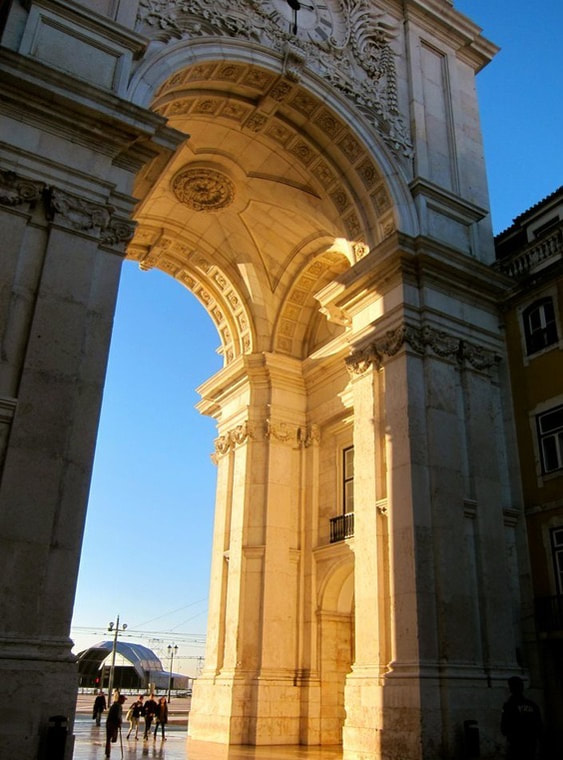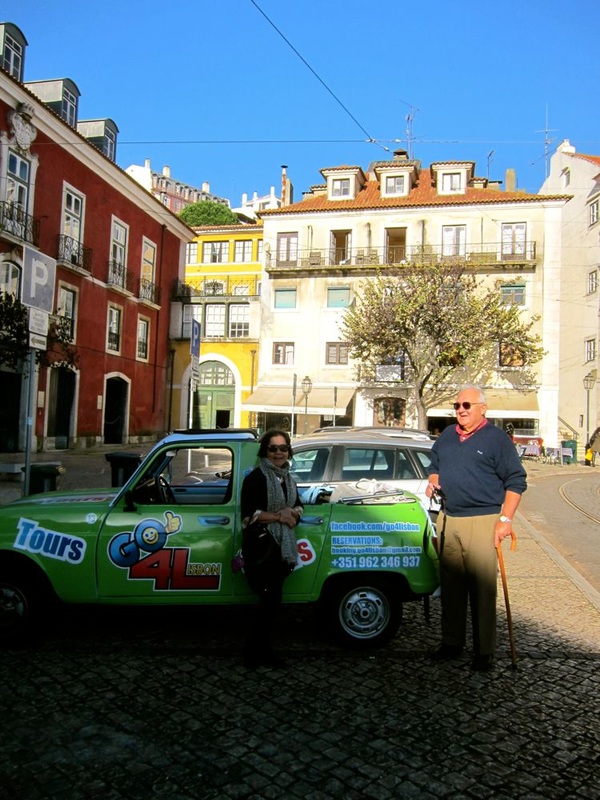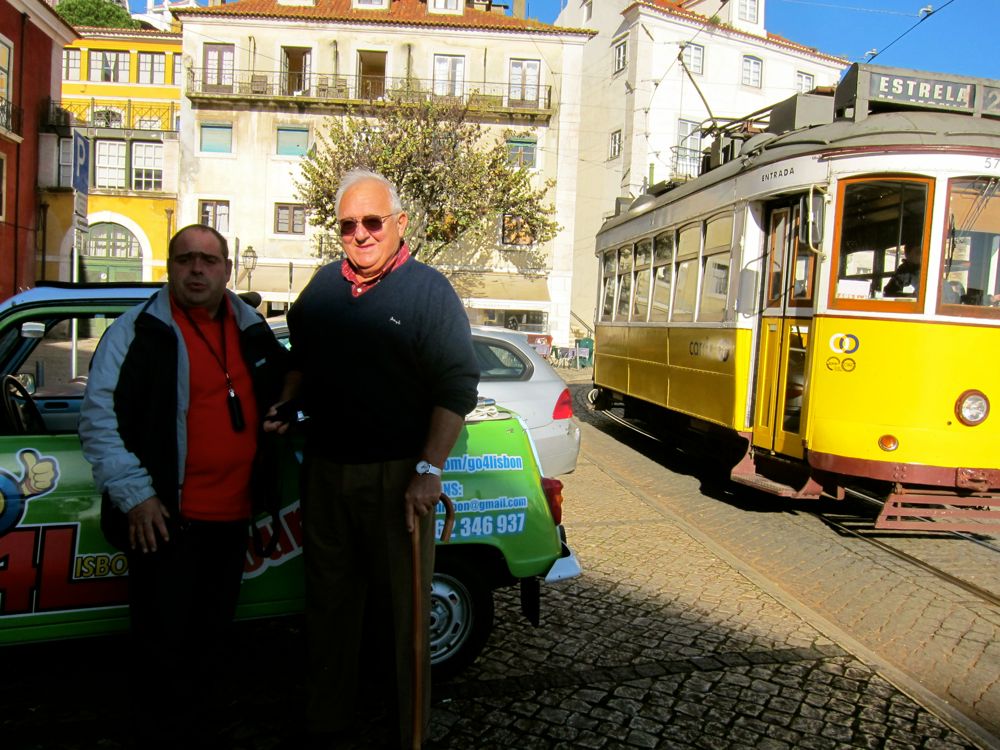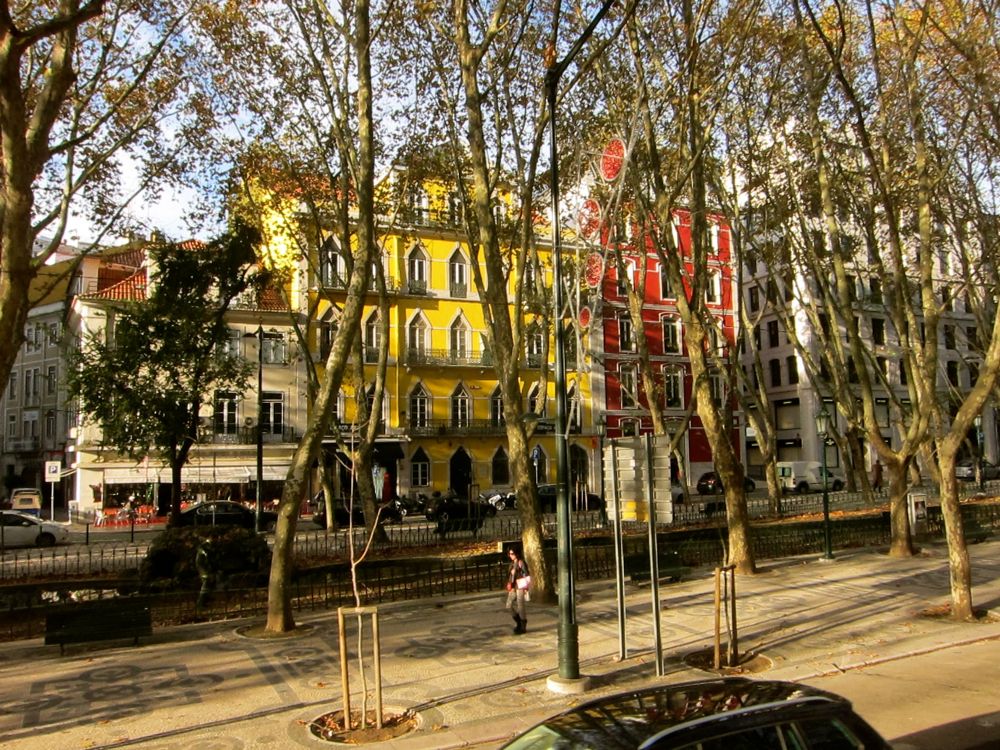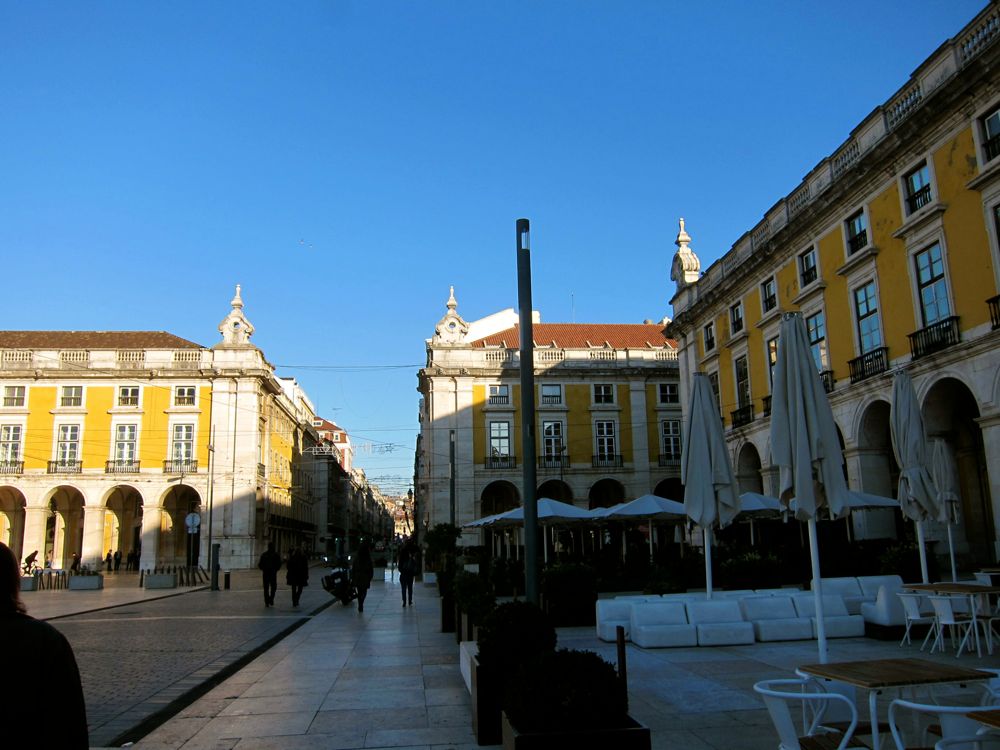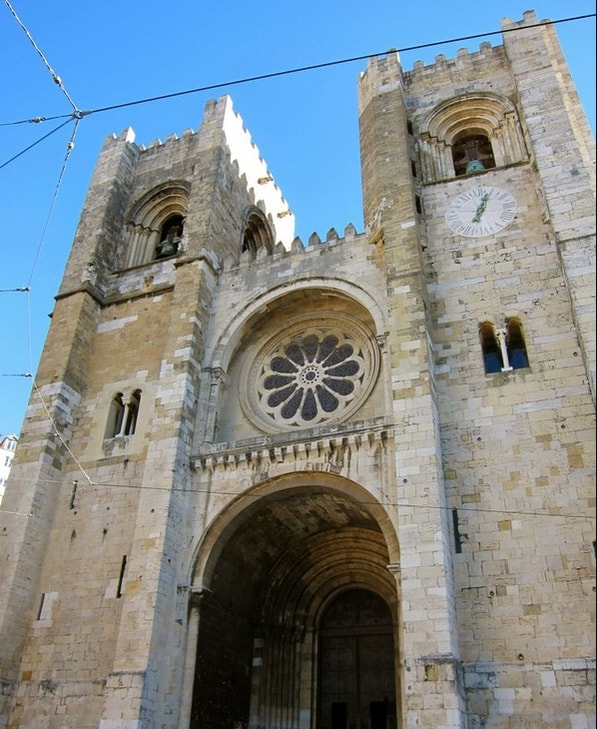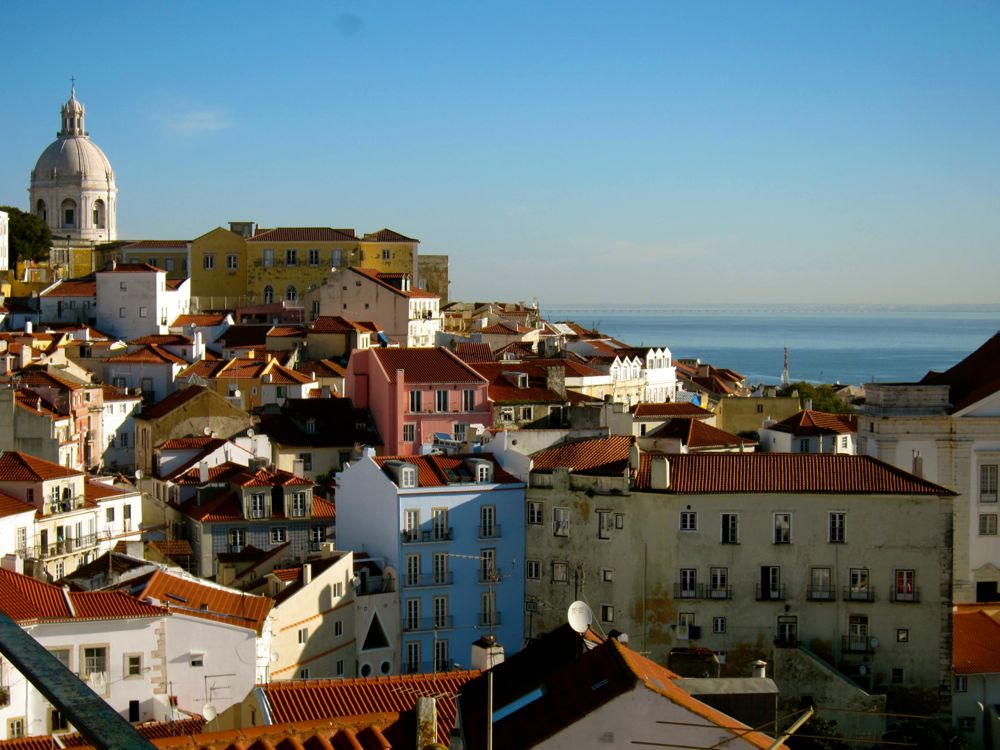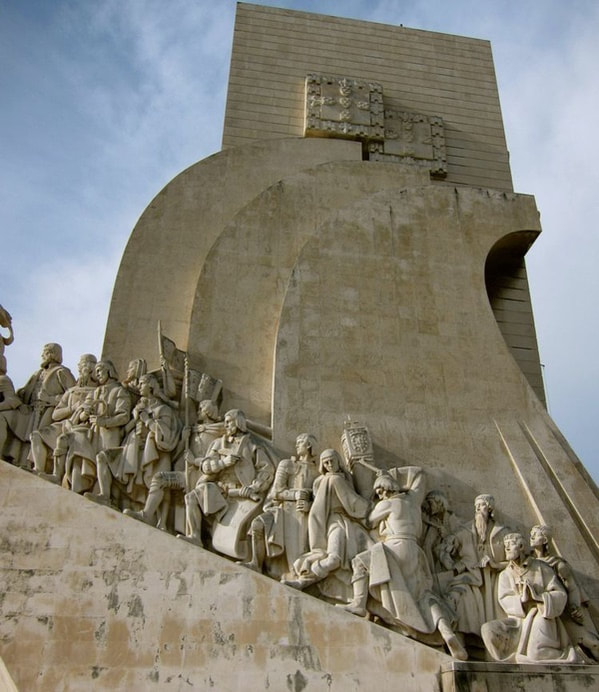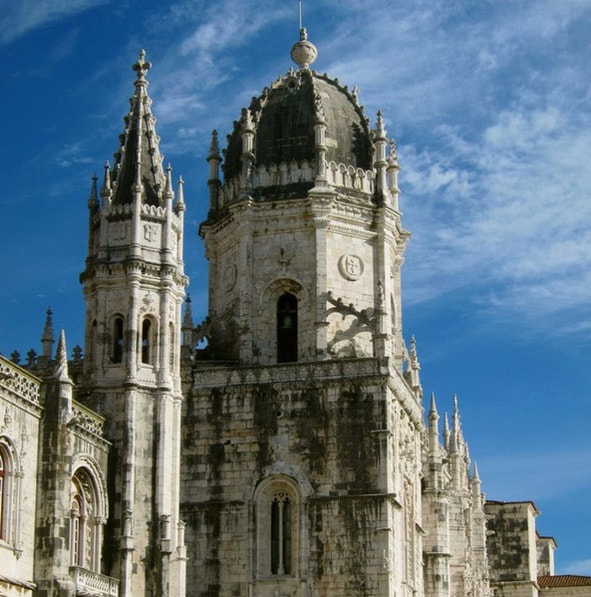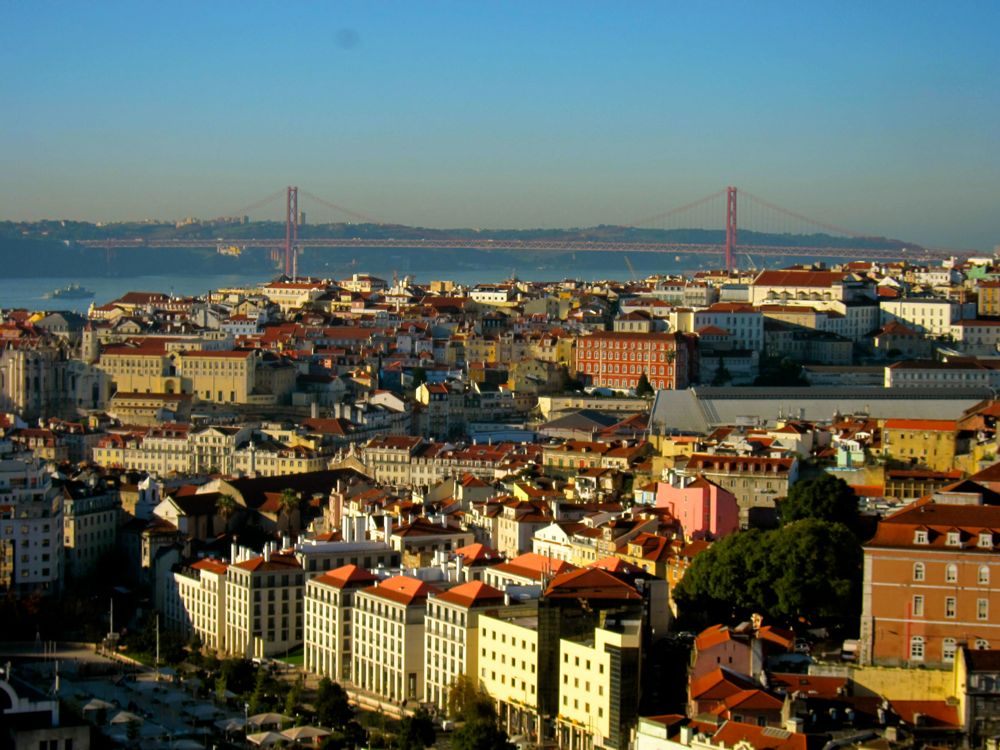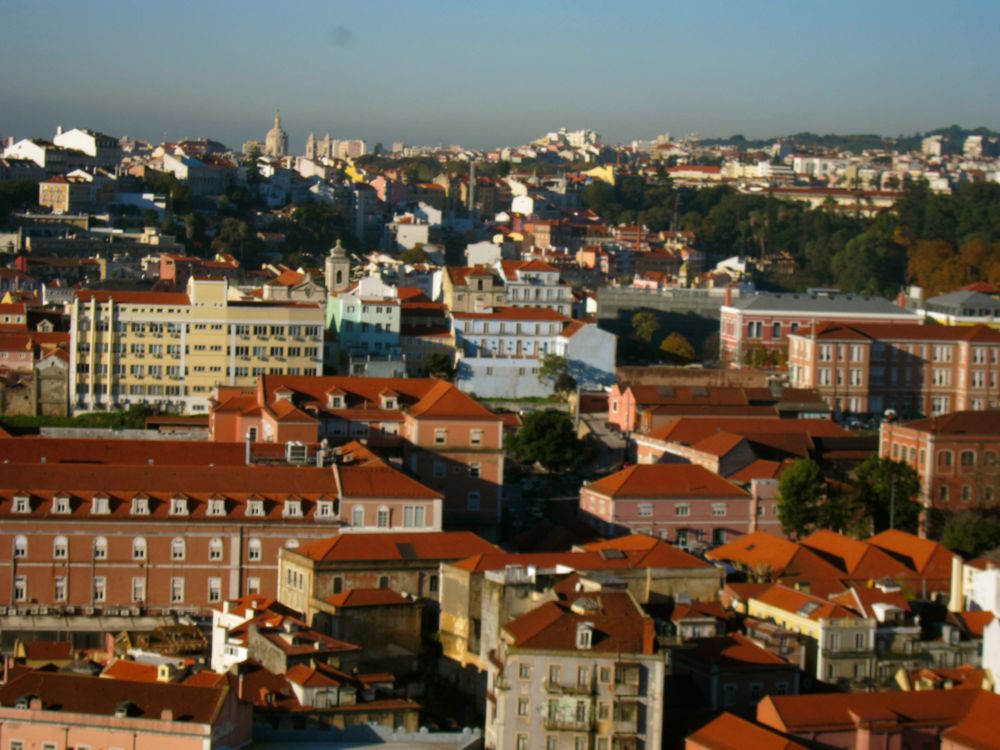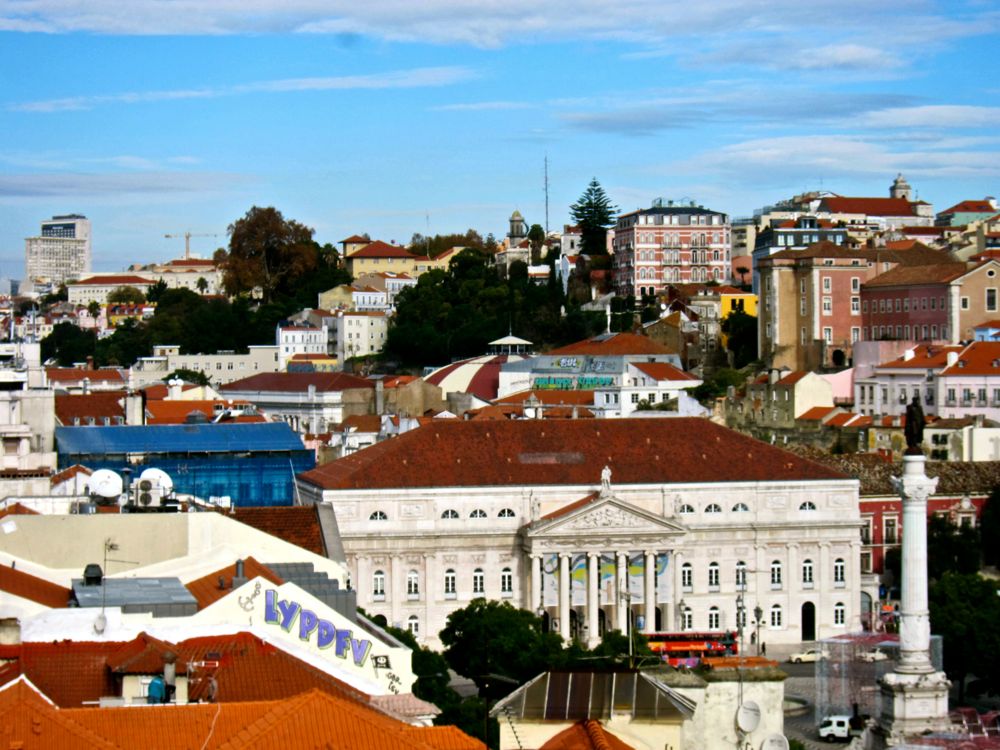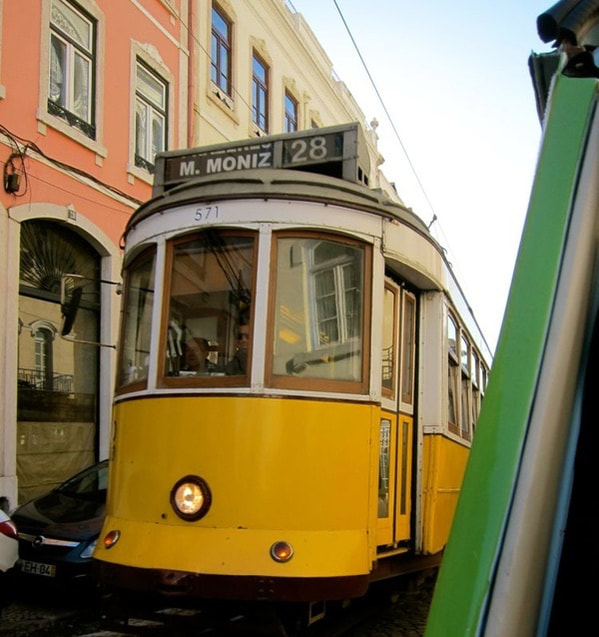Where to Stay in Lisbon: 8 Interesting Neighbourhoods
Lisbon reminds me of Maggie Smith's Dowager Lady Grantham, a remarkable remnant of a past age, still beautiful, still vibrant, but filled with the memories of a bygone era and majesty. One can easily enjoy such an engaging mix in Lisbon's different neighborhoods. No wonder it is in the top 30 most visited European cities. Why is this?
With Lisbon at its center, Portugal peaked in the early 16th century when its treasure fleets rivaled the Spaniards in the massive flow of silver and gems from Asia and the Americas.
With Lisbon at its center, Portugal peaked in the early 16th century when its treasure fleets rivaled the Spaniards in the massive flow of silver and gems from Asia and the Americas.
But since then, it's as if the city used up a significant part of its energy in those hundred years and has relaxed ever since in comfortable reflection of its achievements. An earthquake in the intervening years almost destroyed it, leaving a sour taste.
Today, that glorious combination of the massive overhang of history peeking out of every doorway, creating a context for a city of great restaurants, appealing pubs, and architecture, makes sipping al fresco worthwhile.
The tourist is the king and queen of Lisbon. The economy is not in chaos, but it could be more excellent, well-rehearsed, and inexpensive guide drivers abound to whip you around the city while telling you their stories of triumph and failure and hoping for victory again.
In the picture above, you can see our guide's car behind us, and he brought us to places with fascinating stories. Of course, the fun drive was a bonus.
There's still just a hint of the neutral Lisbon of the 1940s and the skullduggery of competing Spies and secret departures for South America of treasure and defeated Nazis.
In the picture above, you can see our guide's car behind us, and he brought us to places with fascinating stories. Of course, the fun drive was a bonus.
There's still just a hint of the neutral Lisbon of the 1940s and the skullduggery of competing Spies and secret departures for South America of treasure and defeated Nazis.
The Oldest City in Western Europe
One of the oldest cities globally, the oldest in Western Europe, Lisbon saw a series of rulers from the Germanic tribes in the 5th century to the Moors in the 8th century and the Romans who named it Olissipo.
Then, in 1147, Afonso Henriques, with the Crusaders, took over the city, and since then, Lisbon has become the critical center of Portugal.
One of the oldest cities globally, the oldest in Western Europe, Lisbon saw a series of rulers from the Germanic tribes in the 5th century to the Moors in the 8th century and the Romans who named it Olissipo.
Then, in 1147, Afonso Henriques, with the Crusaders, took over the city, and since then, Lisbon has become the critical center of Portugal.
Lisbon's Interesting Bairros or Neighborhoods
In planning our trip to Portugal, I thought of staying in Lisbon for a day to pick up our car and rest before we trudge on to some other interesting places in Portugal, but I can't convince Grumpy to do that. He wanted to stay longer and explore Lisbon, and I was glad we did.
In planning our trip to Portugal, I thought of staying in Lisbon for a day to pick up our car and rest before we trudge on to some other interesting places in Portugal, but I can't convince Grumpy to do that. He wanted to stay longer and explore Lisbon, and I was glad we did.
Lisbon surprised me with its offering of history and trendy neighbourhoods. Here are the 8 neighbourhoods in Lisbon that charmed us:
- Baixa
- Alfama
- Belem
- Chiado
- Alcantara
- Mouraria
- Judarias
- Barrio Alto
Baixa
Baixa, where we stayed when we visited Lisbon, was perfect for going around the city as transport is readily available.
You can go up the Santa Justa Elevador, shop in Comercio Square, and explore Rossio Square. Close by is the Se Cathedral, where the Portuguese patron saint, St. Anthony, was baptized at its baptismal font. Its cloisters were built on top of a Mosque after the Conquistadores drove the Muslims out.
Baixa, where we stayed when we visited Lisbon, was perfect for going around the city as transport is readily available.
You can go up the Santa Justa Elevador, shop in Comercio Square, and explore Rossio Square. Close by is the Se Cathedral, where the Portuguese patron saint, St. Anthony, was baptized at its baptismal font. Its cloisters were built on top of a Mosque after the Conquistadores drove the Muslims out.
It was the week before Christmas when we arrived, and the streets in the Comercio Square lit up with huge Christmas lights, lifting our spirits and giving us a great introduction to our holiday. It was sweater weather and perfect for walking about exploring.
Pombaline Baixa is more than just an elegant place. Because of its Pombaline cage, its symmetrical wood-lattice framework that distributes earthquake forces, and its inter-terrace walls built higher than roof timbers to prevent the spread of fires, Pombaline Baixa is the best example of earthquake-resistant construction.
During the construction, architectural models were tested by having troops march around them, simulating an earthquake.
During the construction, architectural models were tested by having troops march around them, simulating an earthquake.
Alfama
The Arabic Al Hamma, which means baths, is the oldest neighborhood in Lisbon and saw expansion during the Moorish rule.
After the Moors, this area strip ran down from Sao Jorge Castle's hilltop to the river Tagus. It used to be populated mostly by fishermen and became the city's poorest part until recently when refurbished homes and restaurants brought new life to the place.
The world-famous melancholic Portuguese music, Fado, is in Alfama's many restaurants. You must take in one of these presentations to say you survived it.
Go up to the Castle while you're here, have a drink of Ginja, the Portuguese liquor, and sit down for a meal in one of the restaurants with a view of the city.
The Arabic Al Hamma, which means baths, is the oldest neighborhood in Lisbon and saw expansion during the Moorish rule.
After the Moors, this area strip ran down from Sao Jorge Castle's hilltop to the river Tagus. It used to be populated mostly by fishermen and became the city's poorest part until recently when refurbished homes and restaurants brought new life to the place.
The world-famous melancholic Portuguese music, Fado, is in Alfama's many restaurants. You must take in one of these presentations to say you survived it.
Go up to the Castle while you're here, have a drink of Ginja, the Portuguese liquor, and sit down for a meal in one of the restaurants with a view of the city.
Belem
Picture Vasco da Gama setting off for India or Pedro Alvares Cabral departing for Brazil right from this place. You can go up the Monument to Discoveries for a better picture.
This place features the Belem Palace, formerly the Royal Residence but now used by the President of Portugal.
Picture Vasco da Gama setting off for India or Pedro Alvares Cabral departing for Brazil right from this place. You can go up the Monument to Discoveries for a better picture.
This place features the Belem Palace, formerly the Royal Residence but now used by the President of Portugal.
Of course, there is the most featured Torre de Belem, formerly a fortified lighthouse protecting the entrance to the port.
Just down the way is the Jeronimos Monastery, which includes one of the best maritime museums we've ever visited, with colorful exhibits that children will enjoy. It was a big hit with Grumpy. There is a big park with beautiful gardens you can enjoy.
Just down the way is the Jeronimos Monastery, which includes one of the best maritime museums we've ever visited, with colorful exhibits that children will enjoy. It was a big hit with Grumpy. There is a big park with beautiful gardens you can enjoy.
Chiado
This place is the city's traditional shopping area to buy pottery, books, and clothing. It also has some of the best cafes; even better, the opera is here.
This place is the city's traditional shopping area to buy pottery, books, and clothing. It also has some of the best cafes; even better, the opera is here.
Alcantara
This riverfront area, which used to be farms and estates for nobility, saw new developments attracting lofts and condos with river views.
With the conversion of the docks and warehouses, this area attracted pubs, clubs, and discos and became a favorite hang-out for the young.
This riverfront area, which used to be farms and estates for nobility, saw new developments attracting lofts and condos with river views.
With the conversion of the docks and warehouses, this area attracted pubs, clubs, and discos and became a favorite hang-out for the young.
Mouraria
After the expulsion of most of the Muslims, the ones who remained in Portugal were all confined in this area, making this one of Lisbon's most traditional and exciting neighborhoods.
After the expulsion of most of the Muslims, the ones who remained in Portugal were all confined in this area, making this one of Lisbon's most traditional and exciting neighborhoods.
Judarias
This place is where the remaining Jews ended up after the expulsion. It's pretty striking how difficult the Portuguese Christians were after the very tolerant rule of the Moors ended in the 15th century.
This place is where the remaining Jews ended up after the expulsion. It's pretty striking how difficult the Portuguese Christians were after the very tolerant rule of the Moors ended in the 15th century.
Bairro Alto
This area is the center of Lisbon's nightlife attracting a more multicultural mix representing the city's new population. This place is also where those who love non-mainstream music go, and there are many pubs to cater to various interests.
This area is the center of Lisbon's nightlife attracting a more multicultural mix representing the city's new population. This place is also where those who love non-mainstream music go, and there are many pubs to cater to various interests.
Explore Lisbon Riding the Trams
These tramcars, formerly called Americanos because they came from the United States, are attractive transport options.
They are the most exciting way to explore the traditional neighborhoods of Lisbon, and with open windows, you can make fun of the tourists limping by in their bedraggled legion. Best suited for Lisbon's steep, narrow streets, it is quite an experience to take this at least once in your visit here.
These tramcars, formerly called Americanos because they came from the United States, are attractive transport options.
They are the most exciting way to explore the traditional neighborhoods of Lisbon, and with open windows, you can make fun of the tourists limping by in their bedraggled legion. Best suited for Lisbon's steep, narrow streets, it is quite an experience to take this at least once in your visit here.
From Lisbon, go for trips to Portugal's other interesting places:
